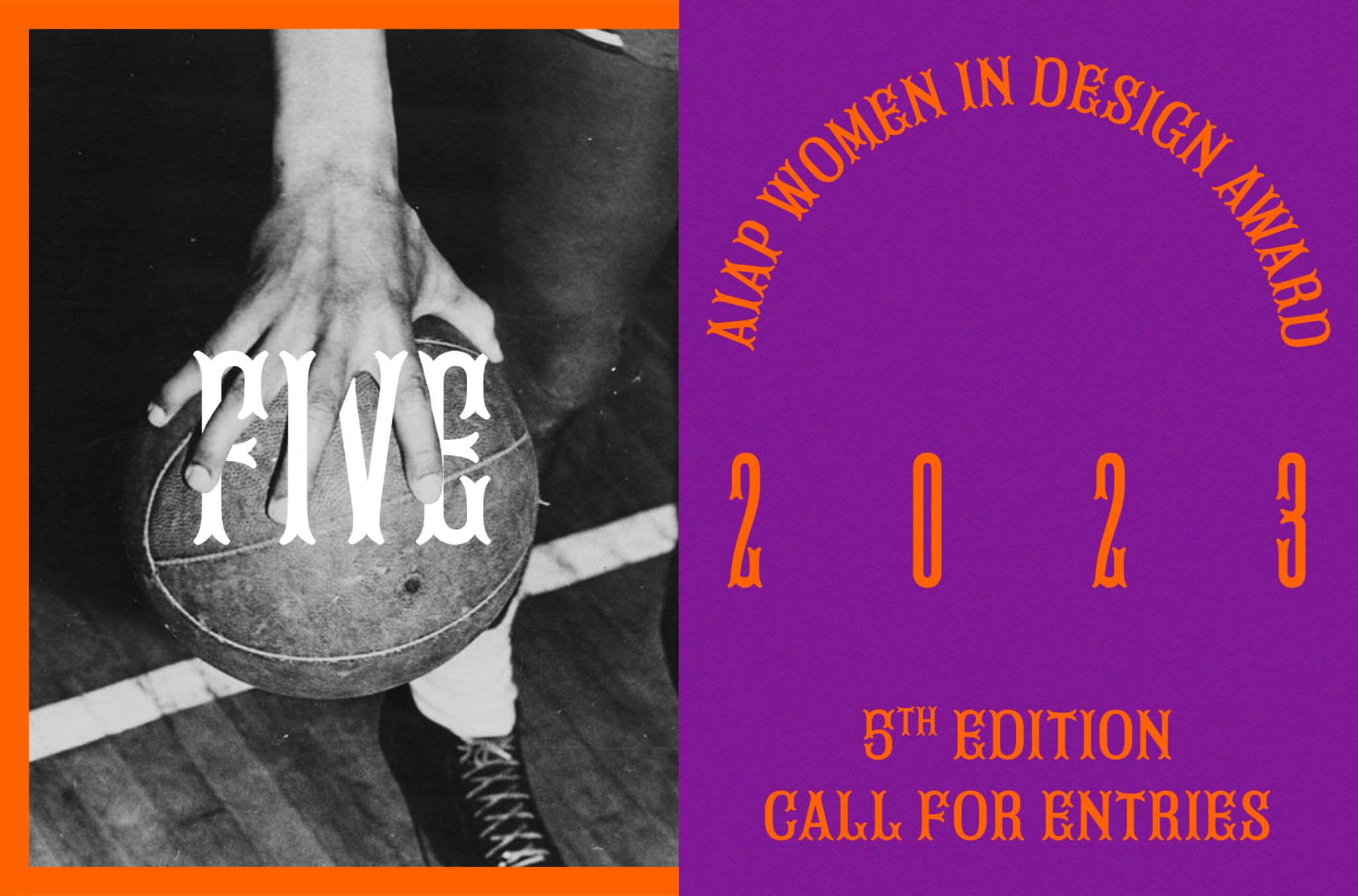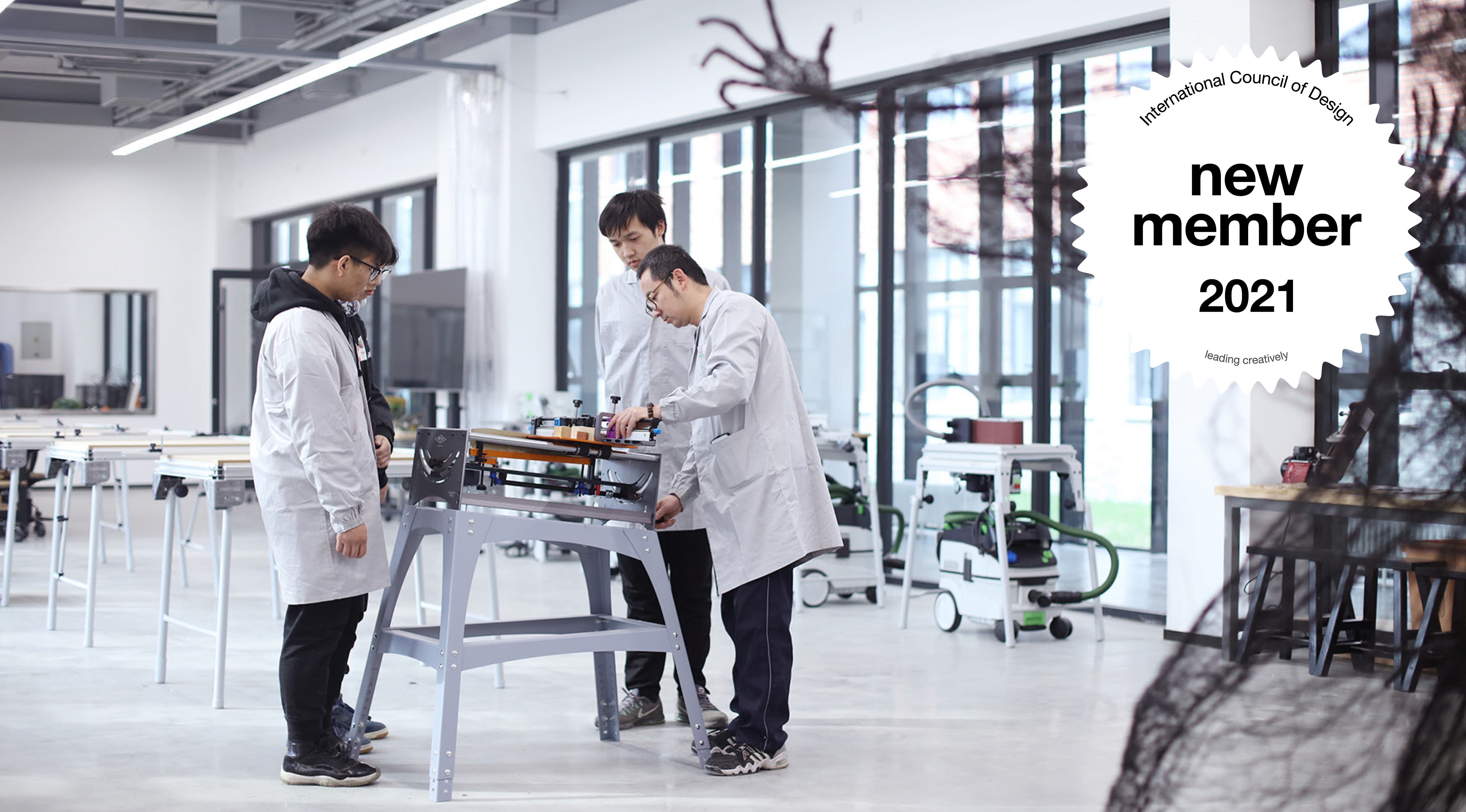communication design: interdisciplinary and graphic design research [journal] volume 5 (1+2)

07.05.2018 News
ico-D is pleased to announce the release of Communication Design: Interdisciplinary and Graphic Design Research [journal] Volume 5 (1+2) May - November 2017 with cover design by design agency A practice for everyday life (London).
The following Editorial for Volume 5 (1/2) was written by Editor-in-Chief Teal Triggs:
Research notes: a time for transformations
It seems befitting that in the same year of the World Design Summit Congress in Montreal, Canada, we offer readers a hearty volume of Communication Design comprising 22 articles, reviews and visual essays. We'd like to think both the Summit and this journal form a growing evidence base for communication design research that is driven by a desire for practitioners, academics, educators and students to share in the making of a research community. The Summit, which sought to 'provoke paradigm shifts', was the platform from which the Montréal Design Declarationwas issued as a call to governments, educators, and civil and private sectors in the 'face of global challenges'. To achieve this, the Declaration outlined a list of 20 project proposals ranging from measuring design impact to creating models of design education. Communication design research clearly has much to contribute to providing new insights to address bigger global, economic, social, cultural and environmental concerns.This Volume Five is a double issue (1+2) realising our call for articles to explore expanded practices of communication, alongside our regular format of features, visual essays, archive and reviews. This extended volume maps key themes that reflect a broader design agenda such as social and political interaction, analogue and digital technologies, decolonising design, and gender and cultural identity. Design education continues to be a dominant concern for our contributors as well as the theme of technology which continues to loom large in shaping design research agendas internationally. One question here is: how can design education develop relevant curricula to ensure we're meeting the needs of the next generation of industry capable designers?
The range of articles in this volume suggests that communication design research can no longer be defined by the medium of print. It's a cliché to say that nothing is more satisfying than flipping through the pages of a hard cover book or the sensory experience of a poster which has just been through a letterpress process. We now exist in a world that is shifting from lo-tech to digital. What does this mean for skills development in education? This question is not lost on Aaron Ganci and Michael Lahey in their article 'Uncovering the importance of soft skills in user interface design-related fields'. Nor, for contributor Eugene Park where he looks at 'Data as medium: designing and coding interactive visualizations for the web' and explores the challenges of teaching in studio classes where new kinds of interdisciplinary skillsets and modes of representation for interactive visualisations are now required.Debates have recently been centred around the politically charged subject of decolonising design in relationship to education, history and design practice. From the beginning our goal has been to connect with scholars within and beyond a Western context, in order to learn more about the ways in which designers are practicing in different cultural, social and political environments. This volume continues to provide fascinating examples including from India, where Dimple Bahl in her article 'Grid systems and universality in Indian graphic design: a study of Jain manuscripts' provides new perspectives on the way in which grid systems reflect an Indian design philosophy of Rajasthan and Gujarat origin. Eric Agyarkoh's article 'Art, science, and technology of outdoor advertising in Ghana' raises interesting questions around specialist vocational sign writers and sets out to interrogate the history of production and hand and digital practices of this rich visual and cultural tradition by producing a systematic evidence base. Agyarkoh concludes that an emphasis on engineering and scientific processes must be introduced into Ghana's tertiary and professional in-service training communication design curricula so that graduates might be better informed on material production and digital processes for outdoor signs.
The visual essay continues to play a role in providing alternative ways in which designers may present research in a format which draws upon the graphic designer's point of view and the representation of text and image. The first of three visual essays in this volume engages in the politics of climate change and air pollution. Yvette Shen shows in her essay 'A Tale of Two Cities: Visualizing Air Quality in Salt Lake City and Beijing', different ways in which data is collected and visualised through the 'flexibility of digital images'.The breadth of the different ways in which communication design might be understood are found in our Reviews section, ranging from Mexican manuscripts, to information design and health sector materials, and from conferences on design scholarship, design for social change and design education, to Festivals of Transitional Architecture (New Zealand) and the Graphic Design Festival (Scotland).
Volume 5 (2)
Expanded practices in communication design, research and education
The second part of this double issue volume focuses on a specific call for articles which explores communication design as an expanded practice. We were interested in probing ways in which blurring traditional boundaries of communication design practice through collaborative research, industry partnerships and education curricula, might present new perspectives on global challenges and, equally on the value of design. The first two articles ask whether the exploitation of the phrase 'design thinking' by business needs problematizing. Anne Marie Dorland addresses this head-on in her contribution by asking 'Didn't we solve this one? The function of practice routines in design thinking'. Here she proposes a reconsideration of the design process by foregrounding 'affinity sorting and repertoire use'—two components identified as key stages of creative practice which are often 'veiled by the existing models of design thinking'. The second article '(Still) Educating design thinking' is from Dion Tuckwell who explores 'the conceptual ambiguity' of the term 'design thinking' and unpacks what this means for determining the value of design and embedding this in design education. His scoping the lineage of the term will certainly help to inform current debates on the future of design education.
For communication designers, an expanded practice also suggests the building of knowledge around cultural and social practices and the language which surrounds these. For example, Pedro Sorto develops an educational model for visual culture building upon his critique of the term 'queer' to explore the transformative power of language from a 'pejorative meaning' to activating a process of 'performativity'. His focus on protest posters, banners and fanzines serve to illustrate the use of public space as a site for collective action and development of a 'critical public pedagogy'. Work cultures for communication design are also of interest and how this can be understood in relationship to skills training for professional practice. Yiyun Zha looks specifically in her article 'Unpacking communication tensions in visual transmediation from print to digital papers', at the challenges the 'digital' with a particular emphasis on multimodality in 'crafting multimedia' for reporters and visual journalists. Zha takes two Finnish newsrooms as her case examples and using ethnographic methods, maps work cultures, 'views and practices' to describe the impact on designers and journalists in the transition from print papers to digital versions. 'The graphic design workforce in Ghana: a case study of Asafo, Kumasi' by Mark Okyere, uses qualitative case study to evidence the contributions of a workforce of 82% non-formally trained graphic designers (NFTGD) in this town located in the Ashanti region. His findings disclose the ways in which NFTGDs are entrepreneurial but also provides an evidence base for amongst other proposals to make recommendations for training and education as well as the establishment of a regulatory body.Timely and prevalent themes of the World Design Summit included cultural identity, communities of practice and decolonizing design. Communication design has a significant role to play in the ways in which we might make visible the contributions and identities of indigenous peoples. This is clearly established in Renata M. Leitao and Anne Marchand's findings of a five-year collaboration between designers and members of the Atikamekw Nation in Québec, Canada, as described in their article 'Graphic design as an instrument of identity assertion for indigenous peoples: the case of the Tapiskwan project'. In partnership with Atikamekw artisans, the authors designed a series of workshops and training strategies focussed on the graphic heritage of visual symbols as a method for 'mobilizing new markers of identity'. The author's findings suggest a subtle, but significant shift from a process of co-creation to ensuring 'a graphic design approach should create the conditions for the community to embark on a process of identity assertion. The role of the communication designer in cross-cultural practices is the focus of Russell Kennedy and Meghan Kelly's proposal for 'The Australian indigenous design charter: communication design. The development of a guide for respectful professional practice'. Ethical practices are at the heart of this Charter which process promotes 'deep listening' and a process which is led and supported by indigenous communities to avoid appropriation of their 'rights, knowledge and status'. The authors provide a useful reminder to all designers for understanding the implications of working with complex and multi-layered issues of representation and cultural visibility.
Visual representation is also interrogated in two visual essays found in this issue which engage with different kinds of communities and ways in which they are brought together by collective visual messaging. 'Wee Go Library' by Steven McCarthy, discovers a sense of community through his custom designed non-institutional mini-library—a whimsical container on wheels for twenty-two reassembled books. This is both a critical commentary on distribution networks as it is about the community of networks it services. And finally, Teresa Trevino's essay 'We, design. Collective efforts to inform, mourn and change the world; reveals her process of documenting 'the human body as an energetic tool for expression and communication'.Learning also takes place 'In the Archive'. We come full circle to the classroom and the role of the archived collection in Phil Baines and Catherine Dixon's exploration 'Back to the classroom: the Central Saint Martins Museum & Study Collection and Central Lettering Record'. The ways in which designers, scholars and students have engaged with the Central Lettering Record is described but also the importance of going back to the material source in our methods for teaching and learning.
Table of Contents
A Last Word
This is our last volume of the journal of Communication Design in this format. ico-D is considering alternative formats reflecting current developments in the design research environment.
The journal has from its founding sought to publish works by emerging scholars and design practitioners, and to seek new interdisciplinary perspectives, methods and theoretical frames. Our aim has always been to enrich our understanding of communication design research. As editors, we have been committed to taking the extra time to be nurturing yet rigorous with contributors and feel this has certainly paid off in establishing a community. Communication Design has achieved what it set out to do—expanding the subject's reach into new knowledge domains, geographic locations and evidencing ways in which communication design scholarship has a significant role to play in interdisciplinary and graphic design research and practice. We thank our readers for coming on this journey with us.
EDITORIAL BOARD
Editor-in-Chief
Teal Triggs, Royal College of Art, UK
Leslie Atzmon, Eastern Michigan University, USA
Marina Emmanouil, Ghent University, Belgium
Kyle Hyunsuk Kim, Hongik University, South Korea
Paul J. Nini, The Ohio State University, USA
Karel van der Waarde, Graphic Design Research, Belgium
Reviews Editors
Priscila Lena Farias, Universidade de Scio Paulo, Brazil
Deborah Littlejohn, North Carolina State University, USA
Joyce Yee, Northumbria University, UK
Sean Adams, Art Center College of Design, USA
Alison Barnes, London College of Communication, University of the Arts London, UK
Audrey G. Bennett, Rensselaer Polytechnic Institute, USA
Sherry Blankenship, Ohio University, USA
Anne Burdick, Art Center College of Design, USA
Hernan Casa kin, Ariel University Center of Samaria, Israel
Selby Coxon, Monash University, Australia
Rebekha Davis, Queensland College of Art, Griffith University, Australia
Cees De Bont, Hong Kong Polytechnic University, Hong Kong
Florian Pfeffer, University of Art and Design, Germany
Robert Harland, Loughborough University, UK
Ashis Jalote-Parmer, Ahmedabad University, India
Susan King Roth, Virginia Commonwealth University, USA
Ruth Klotzel, Estúdio lnfinito, Brazil
Simon McIntyre, The University of New South Wales, Australia
Leila Musfy, American University of Beirut, Lebanon
Danne Ojeda, Nanyang Technological University, Singapore
Arne Scheuermann, Hochschule der Künste Bern, Switzerland
Ria (Heila Maria) Van Zyl, University of Pretoria, South Africa
Xio Yong, Central Academy of Fine Arts, China
Evert Ypma, Lucerne University of Applied Sciences and Arts, Switzerland
Jeremy Yuille, RMIT and Meld Studios, Australia
Lawrence Zeegen, Ravensbourne, UK
LINKS
Communication Design: Interdisciplinary and Graphic Design Research Editorial Volume 4 (1/2) by Editor-in-Chief Teal Triggs
Research Notes: Communication Design
Communication Design: Interdisciplinary and Graphic Design Research 3(2)
. This feature recaps the flash narrative created for the launch of the first issue of Communication Design: Interdisciplinary and Graphic Design Research 3(1) including reference to iterations of the journal: icographic (1970+) and iridescent (2000/2011).

relatedarticles

in memoriam: essam abu awad (1958-2021)

in memoriam: yu bingnan (1933–2020)


